LED Light Strips Guide: How LED Technology Works
Contents
1. Introduction – How LEDs Changed Our World
2. What Is an LED Anyway?
3. How LEDs Actually Work
4. Why LEDs Are So Awesome
5. Where You See LEDs Every Single Day
6. How to Pick the Perfect LED
7. LED vs. Other Cool Light Technologies
8. The Super Bright Future with LEDs
Final Thoughts
About Our Company
References for this article
1. Introduction – How LEDs Changed Our World
You know those colorful LED light strips under your friend’s bed or the bright LED headlights on new cars? These lights take over the world! From living rooms to classrooms, stadiums to city streets, LEDs replace old bulbs faster than you can say “light up.” They work like lighting superheroes—they shine brighter, last longer, and protect the planet better.
As a lighting manufacturer with 10 years of experience, we’ve watched this LED revolution transform how families light their homes. We started our company when LEDs cost much more than today, and we’ve helped thousands of customers make the switch to better lighting.
Real-life example: Look around your home. Your TV uses tiny LEDs to make the picture glow. Your phone flashlight? Almost certainly an LED. Even those twinkling Christmas lights? Yep—more LEDs!
Click the link to choose the dream LED string lights that best suit you.
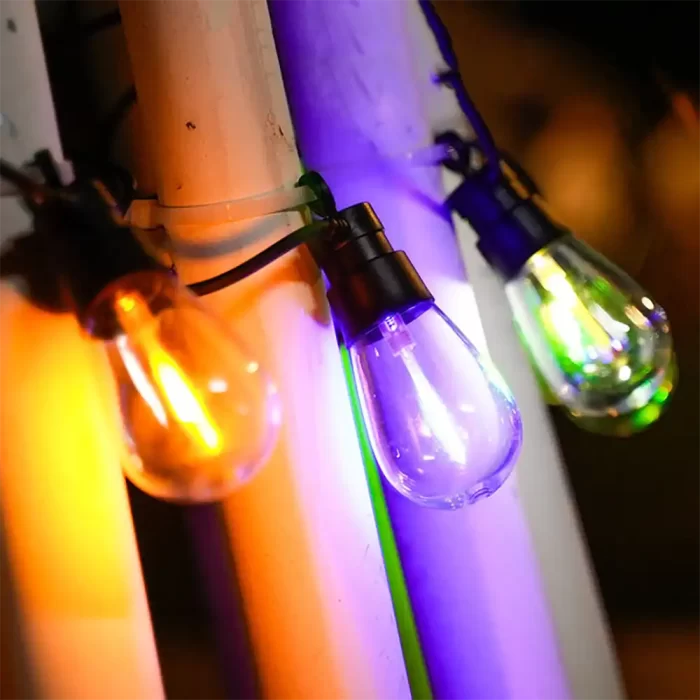
2. What Is an LED Anyway?
An LED bulb works like a tiny electronic sandwich that makes light. LED stands for Light Emitting Diode, which describes a small semiconductor that glows when electricity flows through it. Think of it as a mini light factory in your hand.
Back in 1962, the first LED could only make red light. Fast forward to today, and we have LED lamps that create any color you want—including invisible UV light and infrared.
In our factory, we’ve manufactured millions of LEDs over the past decade, and we still marvel at how this simple concept creates such powerful lighting.
Fun example: Imagine a box of crayons where you swap out wax for electricity. You “draw” not on paper, but in the air—with light!
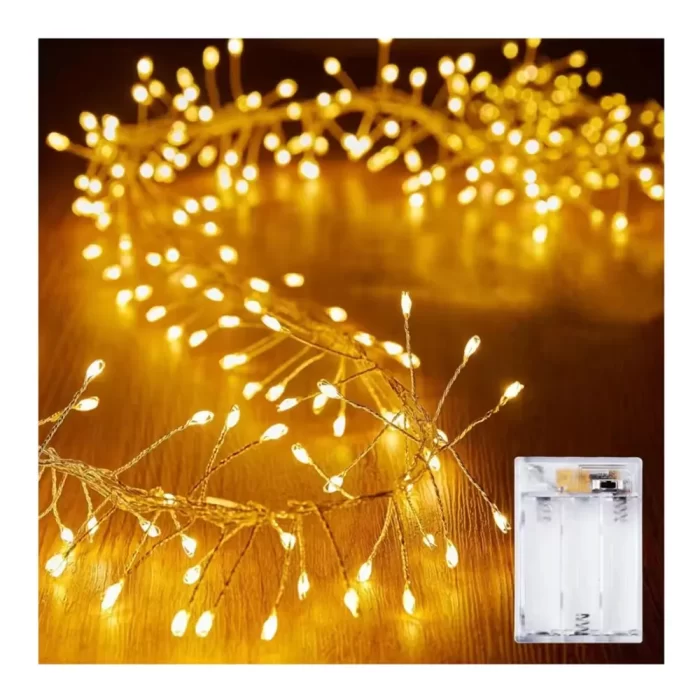
3. How LEDs Actually Work
Inside every LED, you’ll find layers of semiconductors—thinner than a strand of hair. When electricity passes through, tiny particles called electrons get excited and release energy as light. Different materials produce different colors.
Engineers create white light using two main tricks:
- They mix red, green, and blue light (RGB)
- They use a blue LED coated in phosphor powder, which turns part of the light into yellow, and together they look white
This process makes your LED light bar shine pure white, and helps your LED ceiling lights give a warm, cozy glow.
Paint analogy: Mixing colored lights to make white works just like mixing paint colors—only it happens at the speed of light.
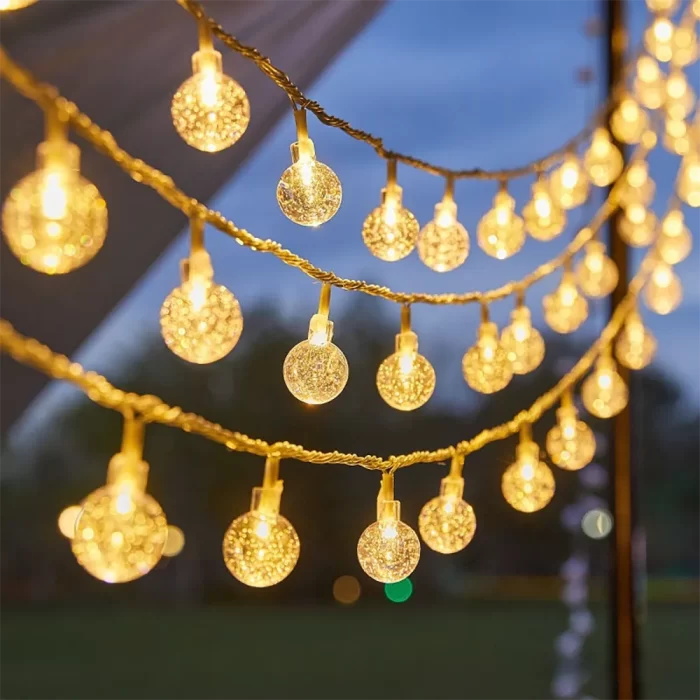
4. Why LEDs Are So Awesome
LEDs don’t just look cooler—they work smarter than old bulbs. Here’s why:
Energy efficiency: An energy-saving LED uses way less power than a traditional bulb. This means lower bills and less strain on power plants.(Regency Supply, 2023)
Long lifespan: Many LEDs last 25,000 to 50,000 hours—some can shine for 25 years with normal use.(NationalLED, 2023).
Durability: They stay tough. No glass or delicate filaments break easily.
Eco-friendly lighting: LEDs contain no mercury, and they waste far less energy as heat.
Brightness control: You can make super bright LEDs for stadiums or soft, dimmable LEDs for bedtime reading.
Our customers often tell us their electric bills dropped by 80% after switching to LEDs throughout their homes.(AGC Lighting, 2025).
Rocket vs. bike: If an old bulb works like riding a bike, an LED works like piloting a rocket—faster, more efficient, and built to go the distance.
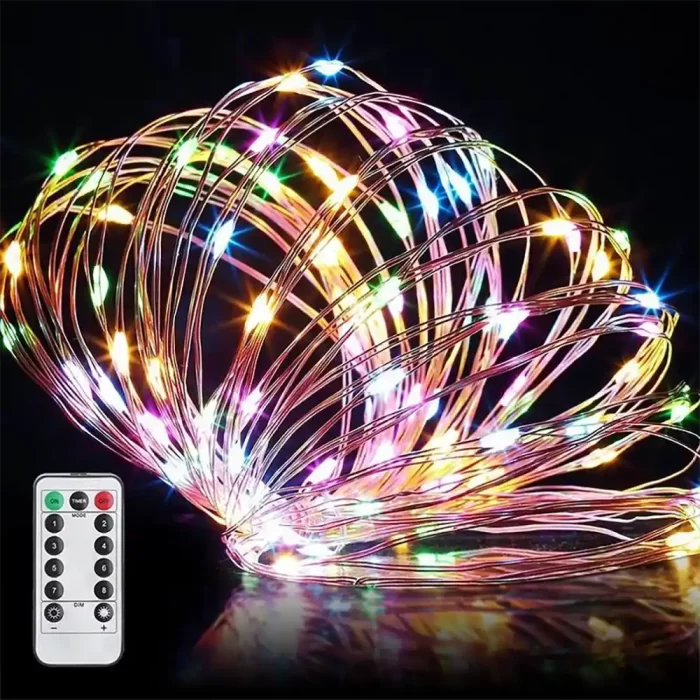
5. Where You See LEDs Every Single Day
LEDs hide in plain sight all around you:
Home lighting: LED light strips behind TVs, LED ceiling lights in kitchens.
Outdoor spaces: LED flood lights brighten parking lots and gardens.
Farming: LED grow lights help plants grow faster indoors.
Cars: LED headlights make nighttime driving safer; even brake lights often use LEDs.
Bathroom décor: Your LED mirror helps you get perfect selfie lighting.
After 10 years in this business, we’ve supplied LEDs for everything from tiny night lights to massive stadium installations. Each project teaches us something new about how people use lighting.
Observation challenge: On your next nighttime car ride, spot the difference—blue-white beams come from LEDs, while yellow ones come from older halogen bulbs.
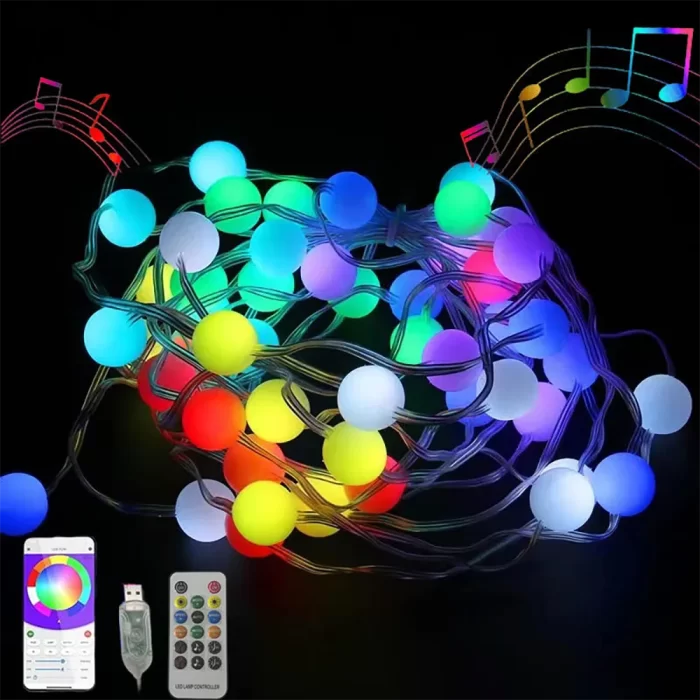
6. How to Pick the Perfect LED
Choosing the right LED works like picking the right shoes—you match the style to the job.
Brightness: We measure this in lumens. More lumens = brighter light.
LED color temperature: Warm light (2700K–3000K) feels cozy; cool light (5000K–6500K) feels fresh and bright.(Revolve LED, 2024).
Color accuracy: Higher CRI (Color Rendering Index) means truer colors.
Durability: Choose waterproof ratings for outdoor use.
Smart controls: Smart LED lights let you dim, change colors, or schedule on/off times via your phone.
Portability: A travel LED works perfectly for camping or photography on the go.
We’ve helped customers choose LEDs for every situation, from cozy reading nooks to professional photography studios.
Flashlight analogy: Warm, dim light works like a gentle reading lamp; bright, cool light works like a searchlight for cave exploring.
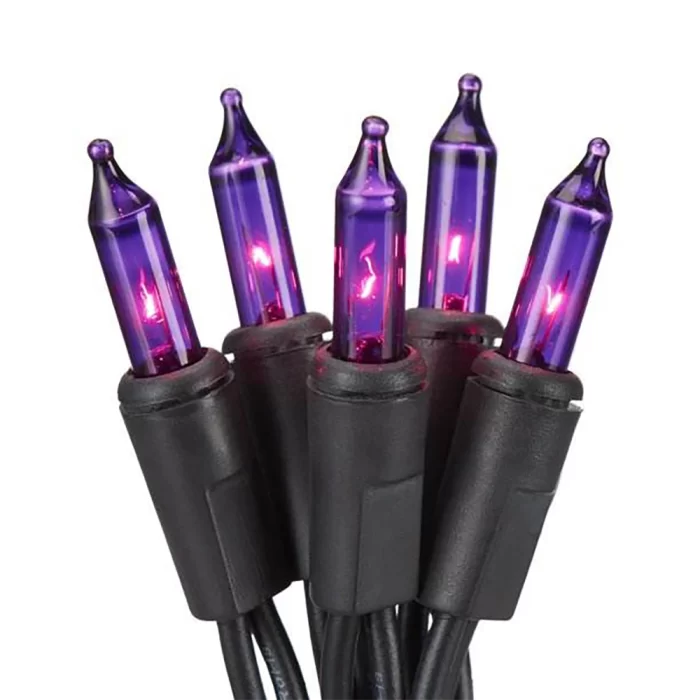
7. LED vs. Other Cool Light Technologies
The lighting world creates friendly competition:
OLED vs LED: OLEDs stay thin, bend easily, and work great for displays; LEDs last longer and often shine brighter.
QLED vs LED: QLED uses quantum dots for richer colors, especially in TVs.
Mini LED vs OLED: Mini LEDs pack more lights into the same space, giving sharper contrast without OLED’s burn-in risk.
Future tech pushes boundaries: foldable screens, bendable lights, and human-centric lighting that changes through the day to match your body clock.
Gadget analogy: Standard LEDs work like today’s smartphones—powerful and reliable. These new techs? They work like foldable phones or AR glasses—innovative and specialized.
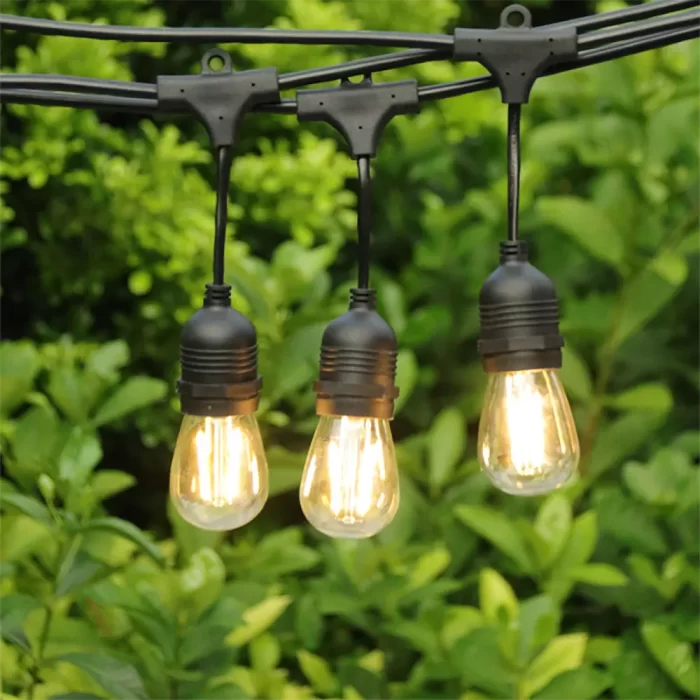
8. The Super Bright Future with LEDs
LEDs have already won the lighting game. They use less power, last much longer, and help the planet more. As more people choose eco-friendly lighting, we create cleaner cities and greener homes.
The future promises even smarter systems—lights that automatically adjust brightness and color temperature to fit your mood, health, and time of day.
Over our 10 years in business, we’ve watched LED prices drop by 90% while quality has improved dramatically. This technology will only get better and more affordable.
Future vision: Imagine waking up to bright white light that energizes you, and winding down at night under a soft orange glow that helps you sleep.
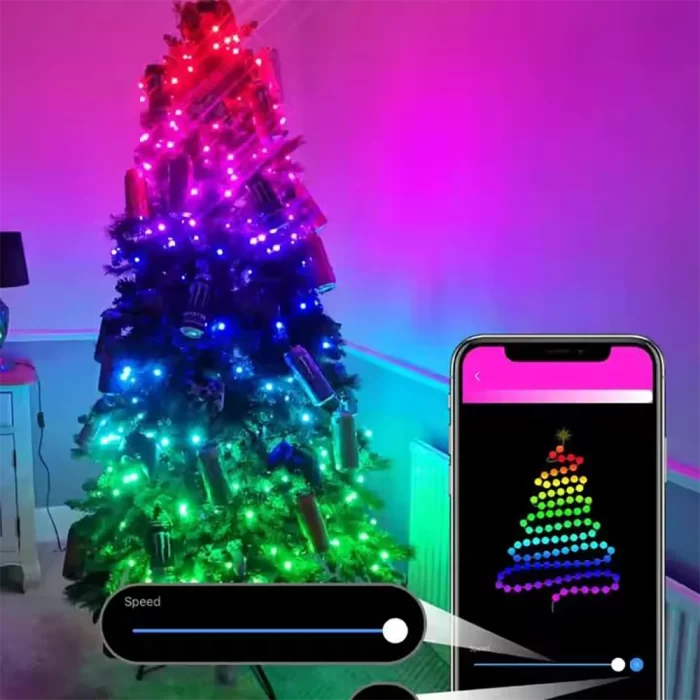
Final Thoughts
From the colorful LED light strips in your room to the LED flood lights in stadiums, this technology has changed how we live, work, and play. It combines science, engineering, and everyday magic.
As manufacturers who’ve spent a decade perfecting LED products, we love seeing how our customers use these lights to transform their spaces. Every installation reminds us why we chose this industry.
💡 Your turn: Where have you spotted the coolest LED setup? Share your thoughts, favorite uses, or even your dream LED project in the comments below—we’d love to hear your bright ideas!
About Our Company
We’ve manufactured LED lighting solutions for 10 years, helping families and businesses switch to energy-efficient lighting. From our first LED bulb production line to today’s smart LED lights, we’ve grown alongside this incredible technology. Our experience shows us that the best LEDs combine quality engineering with practical design—that’s what we deliver to every customer.
Please visit our product page to choose the LED string light of your dreams!
References for this article
[^1] National LED. (2023, September 6). The average lifespan commercial LED lighting.
https://www.nationalled.com/the-average-lifespan-commercial-led-lighting/
[^2] AGC Lighting. (2025, June 2). 5 key factors that determine LED lifespan.
https://www.agcled.com/blog/5-key-factors-determine-led-lifespan.html
[^3] Regency Supply. (Jun. 2023). Understanding LED lifespan.
https://insights.regencysupply.com/understanding-led-lifespan-how-long-do-led-lamps-and-fixtures-actually-last
[^4] Revolve LED. (Dec. 2024). Understanding LED Color Temperatures.
https://revolveled.com/blogs/shop-talk/2700k-vs-3000k-vs-4000k-vs-5000k-color-temperature-comparison
